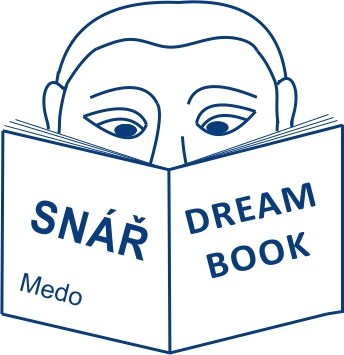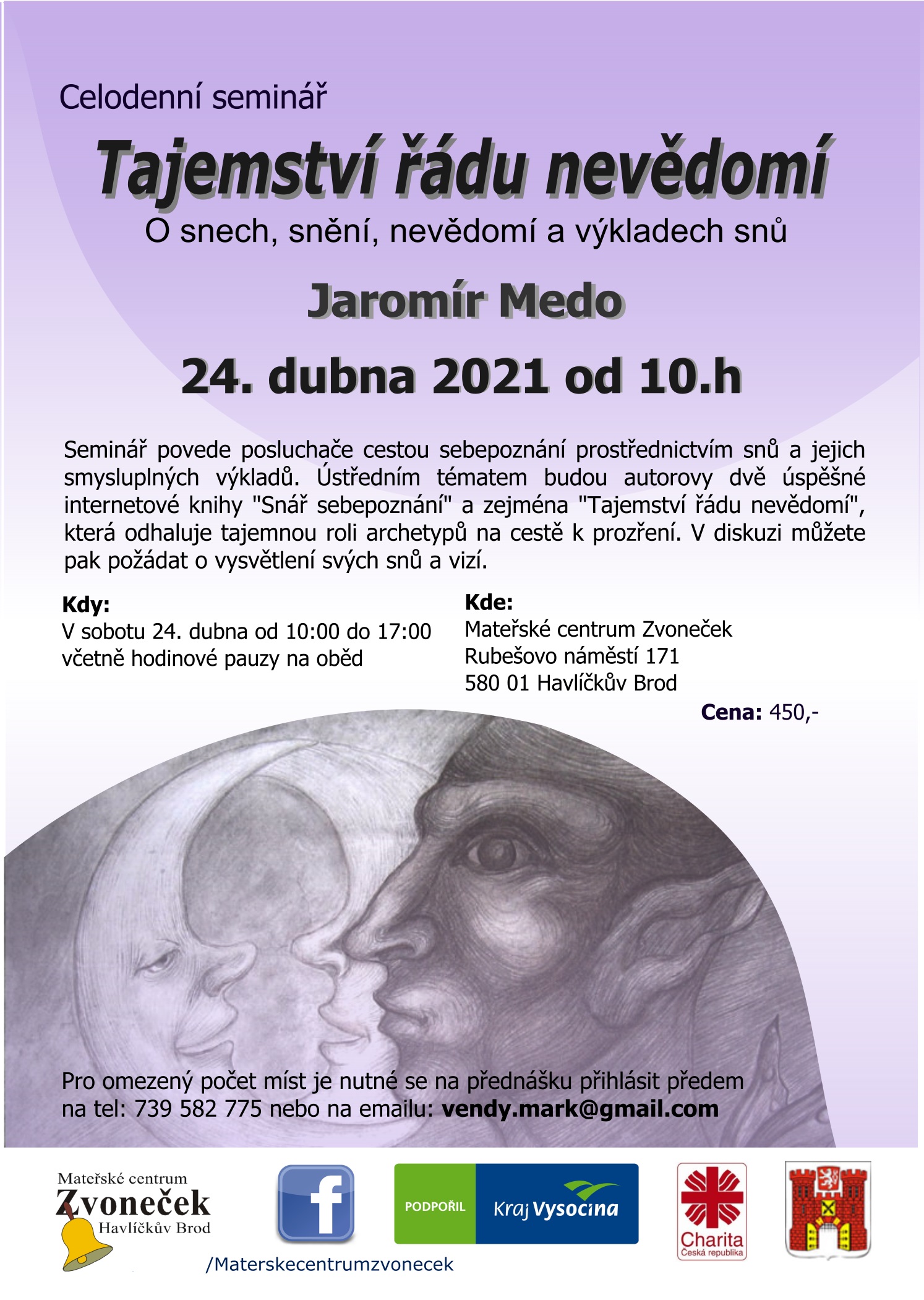The Dream Book of Self-Knowledge
- a very frequent and very complex dream symbol; if it occurs frequently in your dreams I suggest reading the Father – Mother archetype, since only an understanding of the archetype ensures a precise interpretation of the father symbol in dreams.
- if the dreamer's father appears often in dreams, the dreamer is dependent and does not have his emotional relationship to his father resolved; on the other hand, a low occurrence of the father symbol in dreams attests to independence and a relatively resolved mutual relationship.
- father as a model: the father along with the mother is the first to mold the child's consciousness and then shapes it, depending on one's qualities, within the range of the mask of personality and individuality (see Persona and Individuality archetypes).
- the activities of the dream father are aimed at deepening family relationships (even in a negative sense) and at strengthening the dreamer's bond to the earthly level of experience, although occasionally illuminated by emotions.
- a woman's father turns into his brother, husband or lover: the father occupies a completely independent place in the unconscious (in the Father – Mother archetype), is elevated above the instinctual aspects (husband, lover) and in a higher sense above emotional aspects (brother), but also contains both of these aspects in a latent form; the self-improvement process will at one time place a mirror before everyone, forcing the person to stand face to face with the instinctual and later emotional aspects of the Father–Mother archetype, and it is only up to the person whether he is able to deal with these phenomena.
- someone else's father: does not have a more significant personal meaning in the unconscious and expresses only various perspectives on paternal relations.
- the father of a wife or lover, or husband or lover (or of potential partners): expresses a negative character of the Father–Mother archetype and can represent a personification of the Shadow archetype.
- crying, pain and suffering of the dream father: it is important to recognize in this image the reason for the father's grief, since if it is caused by the dreamer's egotistical behavior or moral faults, then this image is a warning of a fall to the lowest level of experience (instinctual). Conversely, if the father's grief is caused by the dreamer's emotional and spiritual makeup, then this image is positive, even in the event that the dreamer comes to pity the state of his father (this pity will eventually be transformed into compassion, which is the spiritual cure for all pain).
- concerns about the father's absence: this is typical of few independent and emotionally dependent people; if this image appears the dreamer should try to take independent steps, even though they could be flawed.
- a father harms the dreamer (even unintentionally); a hurtful, painful, unpleasant hug by the father: the dreamer is set before the dark face of the image of his own father, who mainly represents instinctual personifications, while emotional personifications remain unaffected by the father's negative acts; the unconscious is using this image to show the necessary path from instinctuality to emotionality.
- inappropriate and negative acts of the father (e.g. distasteful scenes, drunkenness, obscene behavior): if the dreamer sees in his parent a model that is still good to follow, then the unconscious distorts this model in his mind so that he looks for a different, better model on his journey; if the human model collapses in the dreamer's subconscious, there is nothing left for him to do but to find in his disappointment a different model and, in the best-case scenario, follow the models of Jesus Christ, Buddha or other saints or to turn inwardly, in which the perfect model of the archetype appears.
- harmonious relations with one's father: the dreamer has fulfilled the model that the father has been for him, but now it is time to set out on the path to knowledge; on this path the dreamer will have to deal with the disapproval and objections of his dream father (spirituality vs. humanity).
- traveling with, staying with and doing the same thing as one's father: symbolizes the dreamer's persistence in the model that was set up for the dreamer by the parents; such dreams are good for someone trying to find and fulfill the model of his parents, but not good for someone who can abandon the mix of instinctual and emotional experiences, overcome emotional dependencies and find a spiritual state of peace and tranquility.
- images of daughter and father tinged with open sexuality or by less conspicuous sexual symbols: every man's role is to understand and overcome the Electra complex*50 and in unifying antithetical emotional components of his own mind to disregard the material level of experience since this always ends in sexual dependencies.
- the father is considered an opponent by the dreamer's husband: in the subconscious erotic relationship of the son to his mother, the father is perceived as a sexual opponent (Oedipus complex*49).
- the father as rescue and help, fleeing to one's father: a frequent dream of adolescents and adults who are building new emotional relationships since one subconsciously confronts every misunderstanding with the model that he has firmly encoded in his mind; it is important to find his independent part and to free himself from the influence that the father represents; only through this liberation does the dreamer get the chance to find the path to enlightenment (it is progress if the dreamer turns for help to personifications of the Wise Old Man archetype instead of his father).
- the dreaming woman holds, in addition to the role of the mother, also the role of the father: the dreamer's active attempt to understand the mutual relationship of the male and female element within the Father – Mother archetype (a typical dream when practicing Asparsa Yoga*84).
- helping the dreamer: a very frequent image that fully belongs to the developmental process of everyone; yet once the dreamer passes beyond the model of his father, such even well-intentioned help will impede further development.
- helping one's father: the images evolve from initial help with common things to help in emotional matters to a patient explanation of divine realities so that the dream father, who represents an understanding of the Father – Mother archetype, is freed of ignorance.
- rescuing one's father: once a dreamer partially ascends to the spiritual level of experience, his return to the instinctual and emotional level of the human world are accompanied by dramatic images in which he is confronted with relationships that he has consciously abandoned; in such dreams he rescues his father from the effects of the spiritual level (snow, ice, frost, flying etc.), as well as from the effects of the instinctual level and, above all, from instinctual personifications (animals and people) so that his father is safely attached to the emotional level of experience where he can slowly adopt spiritual views for the future final step.
- activities of the dream father become impediments: the unconscious is telling the dreamer the need to overcome the human model and to ascend to a higher level; this is not a rejection of the dreamer's actual father, but of the model that represents her in the unconscious (in similar dreams the dreamer's own real father can become in the dream a stepfather).
- conflicts with dream father: conflict between the male and female aspects (see Anima – Animus archetype); also see Conflict.
- conflicts between daughter and dream father: conflict between the male and female aspects (see Anima – Animus archetype).
- death of father: a period of uncertainty and insecurity in mutual coexistence is ending for the dreamer; he no longer needs the help of the human model of the father and the path to finding better models had been unblocked.
- dream stories with a father can also be a vision of the future or an incarnate view to the distant past; see Past and Future Visions archetype.
- frozen, rescuing a frozen father: see Frost.
- of a princess, prince: see King, queen.
- a man or god with supernatural abilities: in addition to the human model there also exists within the psyche the divine model of the Father that has a purely numinous nature and obviously belongs to the Numinosum archetype.
- mythological figures of mothers and fathers: since everyone carries with him ideas of the Divine Parents and Divine Child, we must have at some time, in the distant past, been them; this is the main reason for the frequent mythologizing of parents, to whom their child, even well into adulthood, attributes the archetypal form of the divine pair; alas humanity's perception of his parents causes shame and dissatisfaction within him since the inclusion of parents among people means that the child too has fallen out of the divine scenario.
- union of father and daughter: an extremely important dream and turning point; to grasp it one must understand the principle of the unification of antitheses on an instinctual and emotional plane (see Anima – Animus and see Coniunctio archetypes); many alchemical tracts*86 speak of a similar union.
- the culmination of the father symbol is a constant transformation of the human archetype of the Father into an experience of divine perfection.

